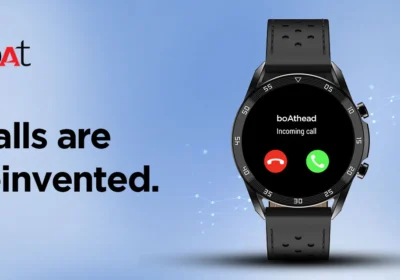
A Simple Guide to Text Message Compliance
Text messaging for your business is easily one of the best methods to reach your target audience. But before you get started on your first campaign, you need to be aware oftext message compliance regulations. For most, understanding SMS compliance rules can be complicated, and if you are having difficulty implementing a proper text message campaign, we have you covered.
From expressing written consent to utilizing a text message archive app, we’ll guide you through a step-by-step process. Note that this article is not legal advice, so please take everything with a grain of salt.
Organizations Overseeing Text Message Compliance
Consumers’ top concern when companies collect information for marketing purposes is privacy. This is why many organizations were established to prevent businesses from taking advantage of consumer privacy. These organizations include the following:
- Mobile Marketing Association (MMA)
- Cellular Telecommunications Industry Association (CTIA)
- Federal Communications Commission (FCC)
- Federal Trade Commission (FTC)
The FCC and the FTC are the only governing bodies with the power to create and enforce text message laws. Under the FTC, there are two acts concerning SMS compliance:
- CAN-SPAM Act
- Telephone Consumer Protection Act (TCPA)
What you need to know about Text Message Compliance
Expressing Written Consent
As mandated by the TCPA, consumers must provide businesses with express written consent before receiving the company’s SMS messages. It must be clear, concise, and straight to the point, so the recipient will know what they are signing up for. You should not make it too long, and failure to adhere to this requirement can result in violations.
You can obtain written consent from your customer by:
- Allowing them to enter their phone number through your online web form with the needed terms
- Providing a form with complete terms for them to sign-up in a physical location
Call-to-Action (CTA) Requirements
Your SMS call-to-action should contain the following:
- Information on Automated Marketing Messages – Your customers agreeing to receive automated marketing messages must be included in the “express written consent.”Add this to your CTA, and inform your consumers that they do not have to agree to receive texts after purchasing from you.
- Text Message Campaign Purpose – Inform your consumers of the specific purpose of your SMS campaign. Is it for product advertisements, coupons, or reminders?
- Message Frequency and Rates – It is important to disclose how often your customers will receive SMS messages from you, like once or recurring. Also, include the possible charges if they sign up for your campaign.
- Terms and Conditions–list your company’s identity, product description, customer care contact number, and opt-out instructions.
- Privacy Policy–You should add your privacy policy at the bottom of your CTA or provide a link to the full policy.
Confirmation Message
Oncea customer signs up for your campaign, you should always send them a confirmation message. Reiterate some of the information included in the CTA, like your identity, frequency, and opt-out instruction.
What you should not Include in your Text Messages
When creating your text messages, always remember the SHAFT guidelines by the CTIA. SHAFT stands for Sex, Hate, Alcohol, Firearms, and Tobacco. Violating this rule is the biggest offense your company can make, resulting in an immediate ban.
Strengthen your Message Compliance
While these tips can significantly help your business from committing compliance violations, there might be more rules you should follow. Keeping an archive of all the texts your company sends and receives is one of the most critical steps you should take to ensure compliance. Get in touch with LeapXpert to learn more about text message archiving solutions.


















